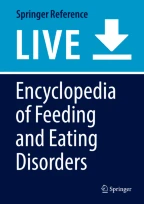
In the early 1980s, this author, in collaboration with colleague Barbara Winstead, conceived a new approach to the assessment of body image. Drawing upon the extant social psychological literature on attitudes, the guiding perspective for this self-report assessment regarded body image as a reflection of affective, cognitive, and behavioral dispositions toward one’s own body. Affective elements concern one’s feelings about the body. Cognitive elements pertain to beliefs about and attention toward one’s body. Behavioral elements refer to one’s overt actions in relation to the body. Moreover, the authors proposed that self-attitudes are held vis-à-vis three physical domains: physical aesthetics or “appearance,” physical competence or “fitness,” and biological integrity or “health/illness.”
A research team began to generate potential items for the initial version of this instrument, which was termed the Body–Self Relations.